What is it?
The recently simplified UK range of the Model S, the BMW 5 Series-sized four-door saloon that took Elon Musk’s electric car marque to global prominence following its launch in 2012, starts with the all-wheel-drive 75D.
In the UK, its starting price is listed at £64,700, which swells to £75,950 by the time you’ve added our test car’s desirable options package: 19in carbon-adorned wheels (£1400), silver roof (£950), exotic white interior (£3100), an adornments package labelled 'premium upgrades' (£4700) and a few other bits and pieces.
More to the point, an owner prepared to put down a deposit around £10,000 can run one of these over a three-year term for £600-700 a month, which is what most business-oriented owners seem to do.
The Model S is a four-door saloon, updated front and rear a couple of years ago so that it belies its age, and it’s still the Tesla you’re most likely to see — at least until supplies of the smaller, cheaper Model 3 (the one they seem to have so much trouble producing in volume) improve.
Tesla is unaccountably coy about specifying the total output of the two electric drive motors (one on the front axle, one on the rear) and outputs vary according to model, but the 75D seems to pack a total of 415bhp, giving it the impressive performance credentials of a 140mph top speed and 4.2sec 0-60mph acceleration time.
The '75' refers to a 75kWh battery (there are faster and more expensive '100' models offered in UK for up to £40,000 more) but the virtue of this entry model is that its battery — good for a realistic range around 230 miles — saves around 200kg in weight on its siblings and costs considerable less because, as is becoming well known with electric cars, the battery is the expensive bit.
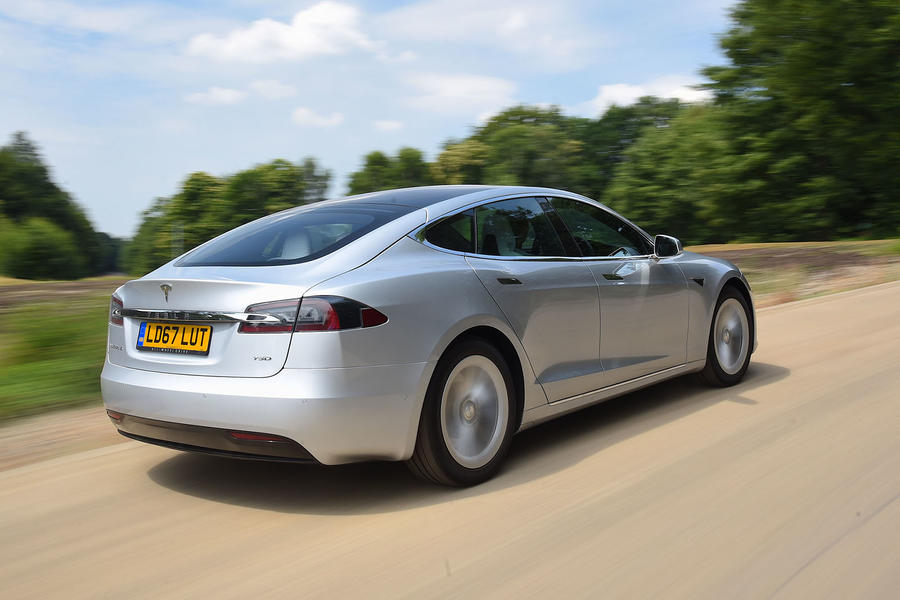

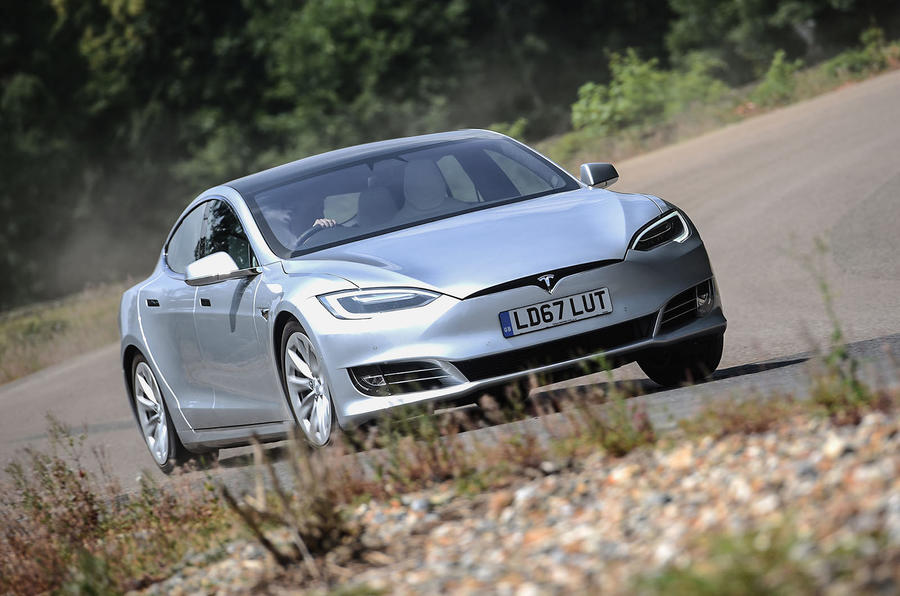
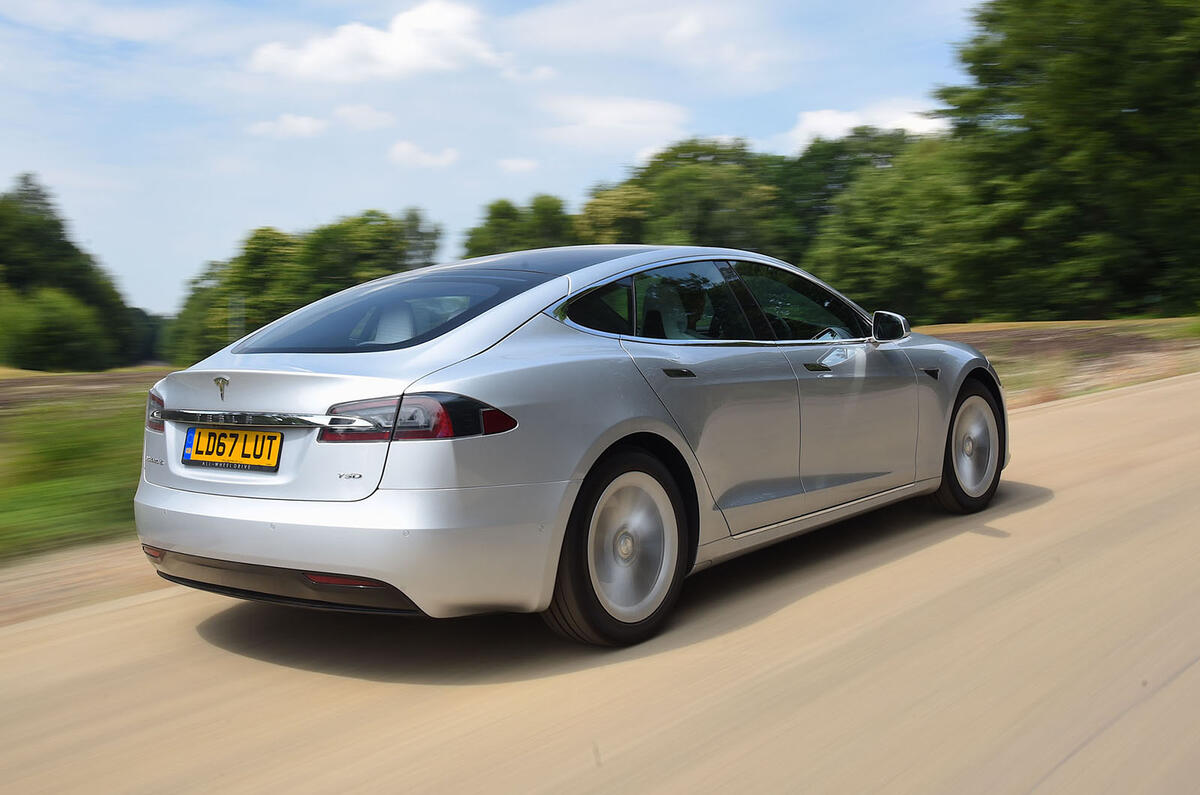




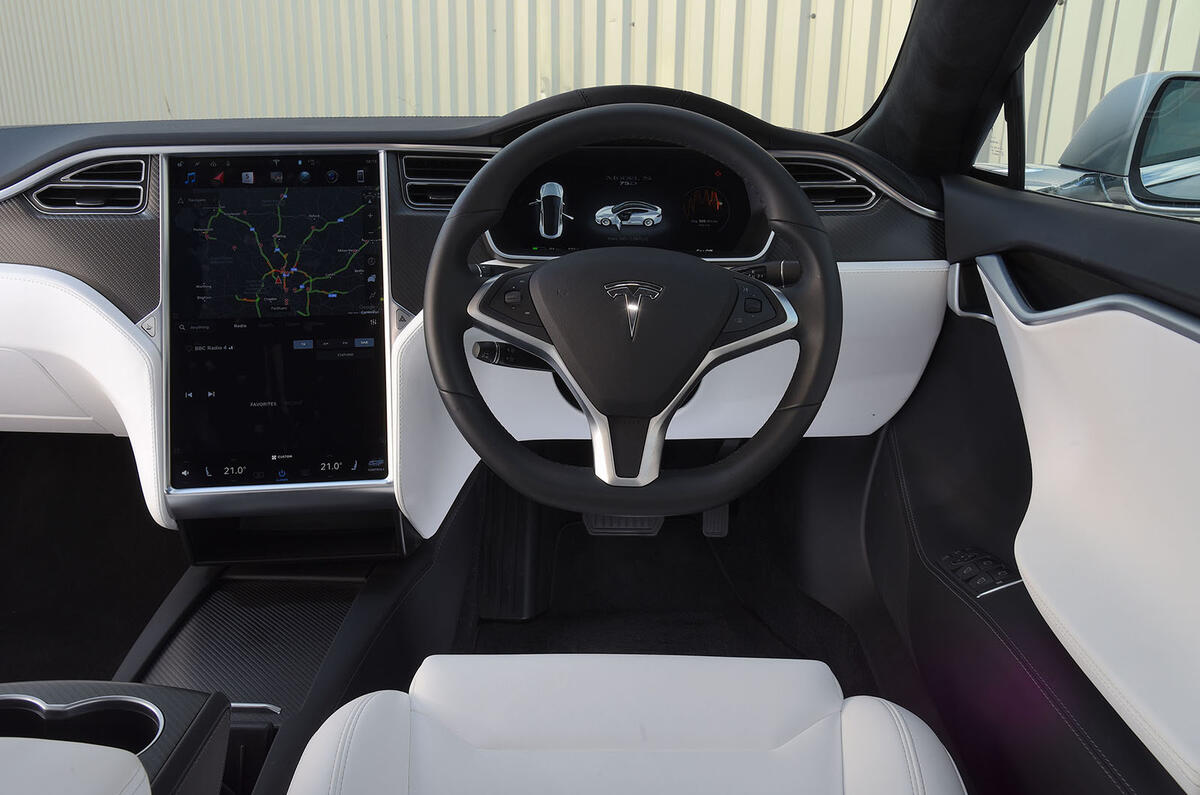




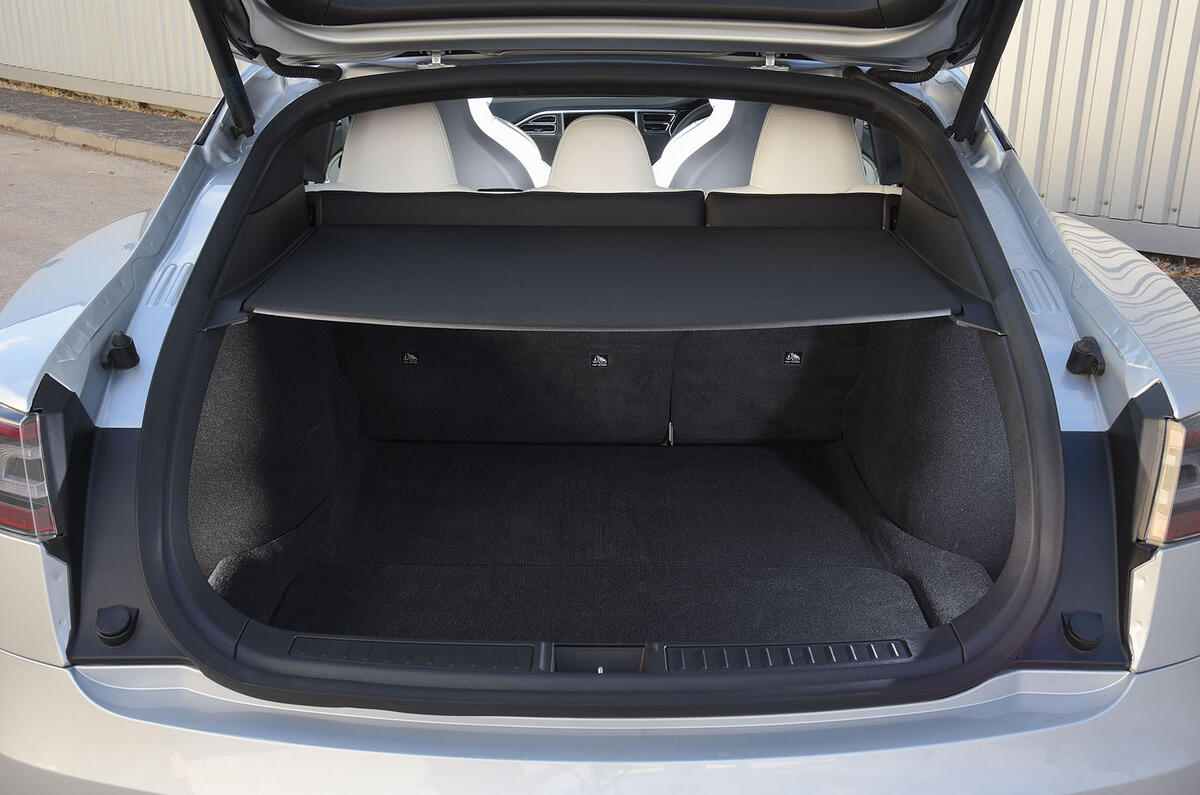





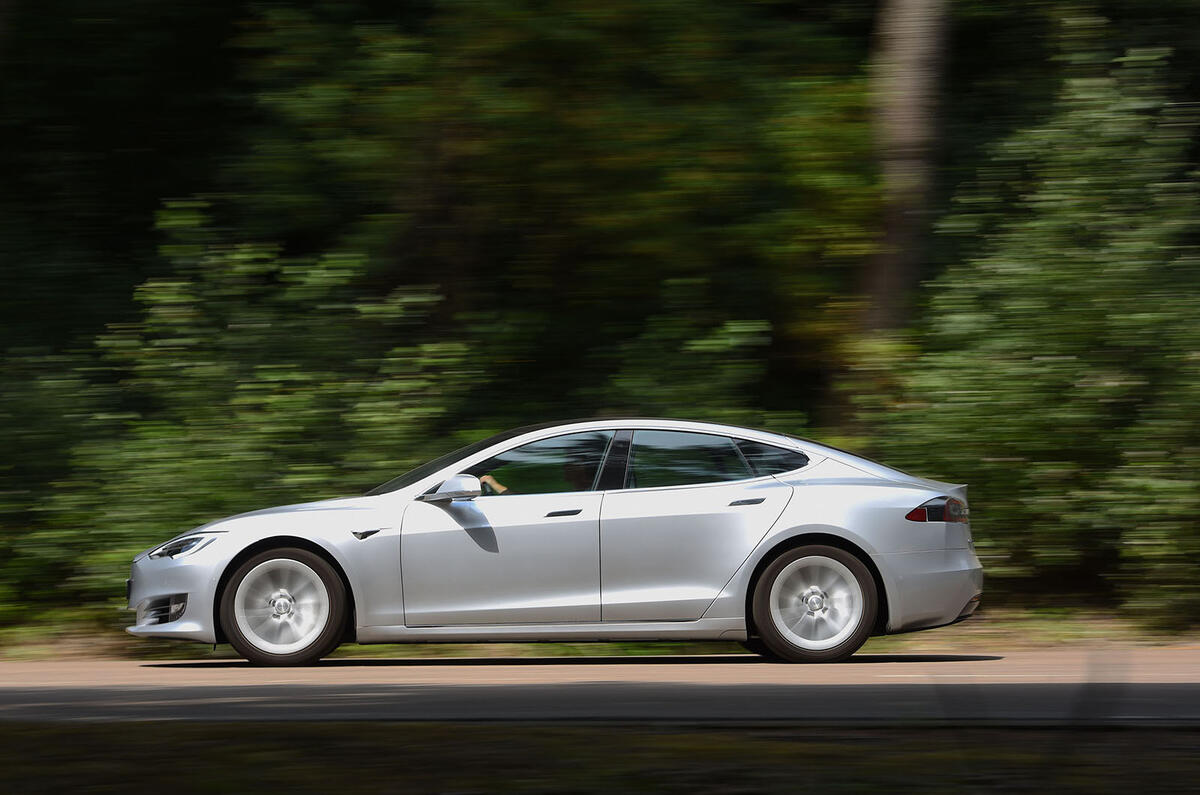
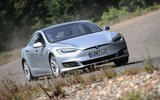


















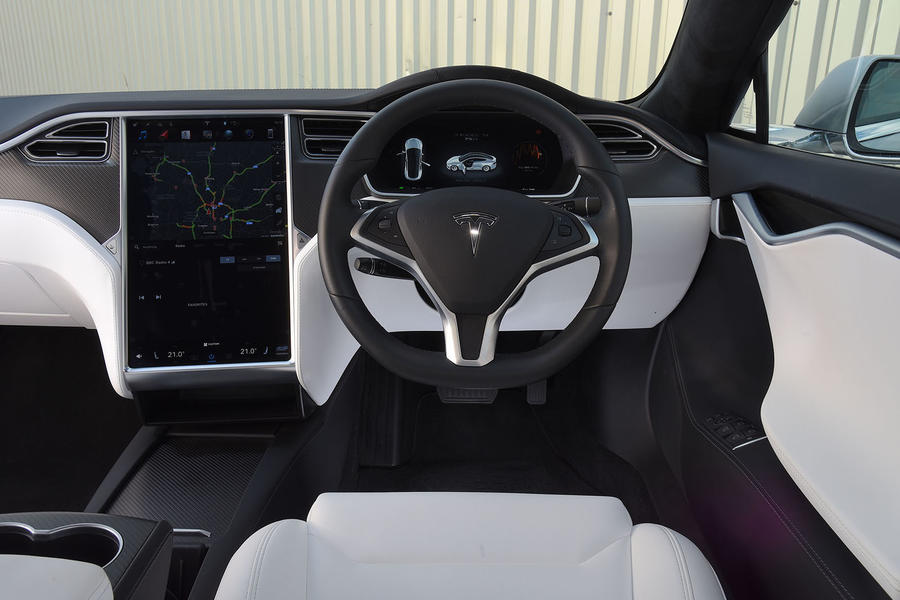






Join the debate
Add your comment
230 Miles Range ?
I have just taken delivery of my new 75D S two weeks ago. The best range i can get on motorway is around 160-170 miles driving at a steady 70mph. Around town over 2/3 days driving this drops to 130 miles !
I cant beleive the figures quoted in this article. Is anyone able to get 230 miles range on normal driving?
Needless to say Tesla after sales service is slow and in different to the whole matter!
Supercharger
As an ex full EV owner (now a PHEV) the availability of the Supercharger network even if it is not free is worth a great deal. Much that I like the iPace the lack of a cohesive charging network would make me think twice if I was in that market. We owned a Zoe for 3 years & currently have a Kia Niro plug-in so I am talking from actual experience.
Nobody seems to mention how
Nobody seems to mention how wide the Model S is. I am sure its fine in the USA but for the uk its not only wider than its obvious competition (iPace, 5 series, A7, E-Class and XF) but also the class above (A8, S-Class and 7 series). Its just too big, uk parking spaces (and towns!) are just not big enough for this kind of car. The model X is worse again.